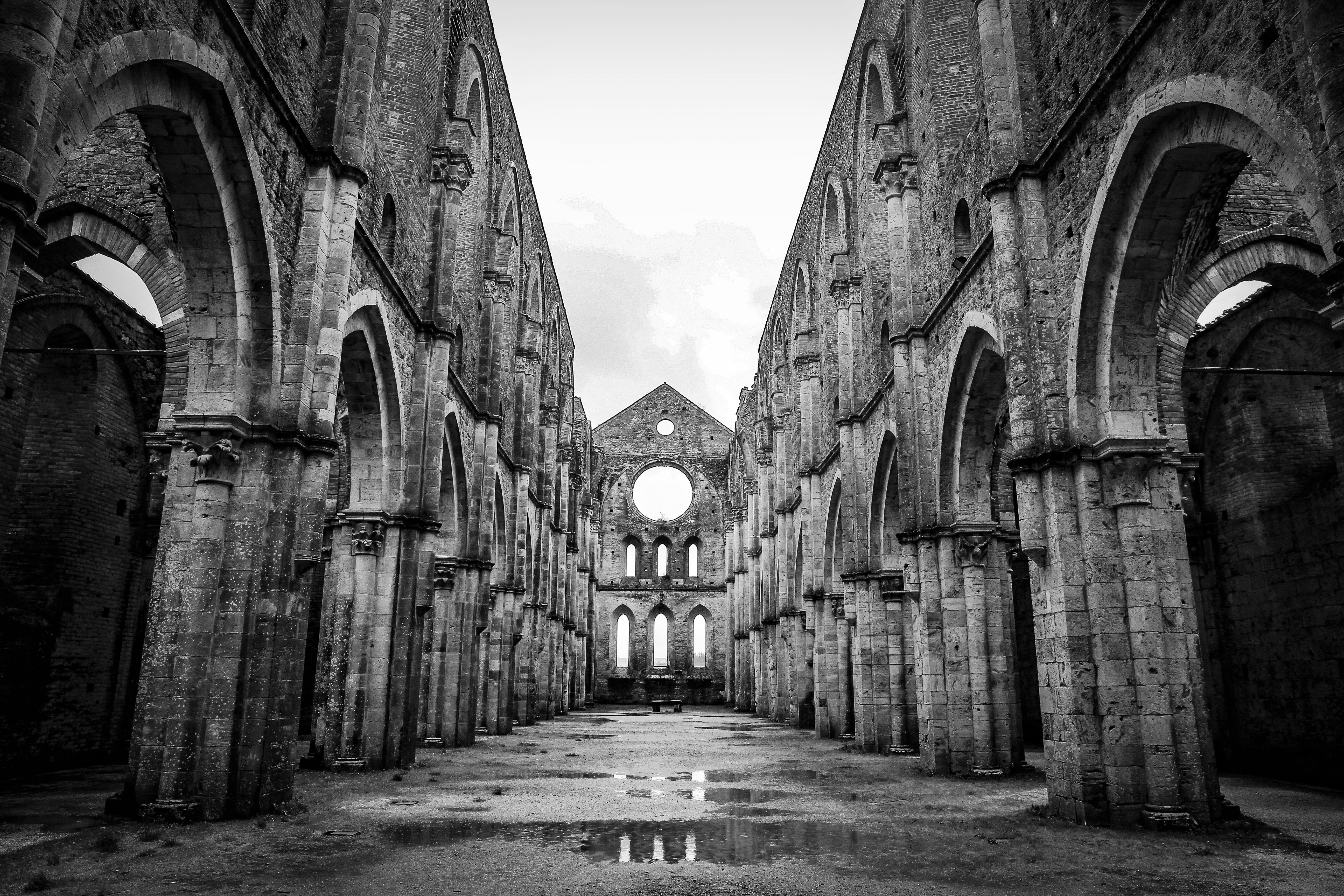No, I’m not going to get into the nitty-gritty of building a stretcher frame, mitering the corners, and discussing what type of pliers or automatic stretching and stapling machine you should use. I want to talk about stretching from an aesthetic point of view and explain the three basic options for stretching your canvas.
There are generally three different methods to stretch your canvas. These methods would be applicable to an original canvas print, canvas transfer, or oil painting.
The first is the “standard wrap” method. This is where the canvas is stretched with 100% of the image in front. No part of the image is on the sides and the staples are visible on the sides. This method definitely screams, “Frame me.” Otherwise those nasty staples and possibly the ragged edges of the canvas will show on the sides.
The second method is the “Wrapped Museum”. In a “museum wrap”, 100% of the image is displayed on the front with the image rising to the edges, and the plain white canvas is displayed on the sides.
In this method, the staples are at the back and are not visible. The sides are then treated to the owner’s specifications. In many cases, the sides are painted black. In others, the sides are painted in a complementary color to the colors of the artwork itself. This should be the stretching method of choice where the important elements of the image run up to the sides and truncating them by wrapping the image on the sides would compromise the image and the artist’s intentions.
The third method is the “Gallery Wrap”. This is where the image is stretched around the sides of the stretcher frame and the staples are at the back. The image is taken to the trailing edge of the sides and displayed on the sides.
Both the “Gallery” and the “Museum Wrap” lend themselves to being hung with or without a frame. However, if you use the gallery wrap and a frame, the image on the sides is lost.
In works of art such as Rodney White’s new canvas prints, different stretching methods become important issues. Rodney White is probably the most popular artist in America right now. Your prints are bleed, where the image runs to the edge of the paper. It also paints words that are already truncated to the edge of the image. If you use the Gallery Wrap method, you will lose even more words that are an important part of your images. To go [http://www.RodneyWhiteeBay.com] to see his work, and you will easily see what I mean. “Museum wrap” should be the stretching method of choice on these prints. It leaves you with the option to frame it or hang it unframed. Either would work and it wouldn’t interfere with the image.
When considering seascapes or landscapes, where the image is simply a continuation to the edges, “gallery wrap” is very effective. There are also many images where there is a lot of negative space or an abundance of sky and / or grass where this method is also effective and aesthetically pleasing.
Finally, here is a little tip on how to hang your “Museum or Gallery Wrapped” canvas. You may want to consider hanging it from the stretcher frame without suspension accessories. I like my frameless canvases to hang flush to the wall. I do this by driving two nails into the wall about 6 inches apart, making sure to level them. You can use a small carpenter’s level for this. Then I just hang the piece on the nails. Use picture hangers of the correct size if you are concerned about weight. But most of the frameless canvases are quite light. Make sure to use two nails to keep it level. That also works when hanging artwork with wire hangers on the back.
At www.FrameHouseGalleryeBay.com [http://www.FrameHouseGalleryeBay.com] You can see many examples of different canvas prints and paintings, and you will easily see where each stretching method will and will not apply. Just look for the “Canvas” category.
Permission is not required to reprint an unedited copy of this story as long as the writers’ bio and links are left intact and included.
